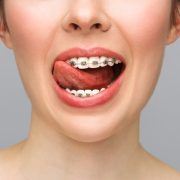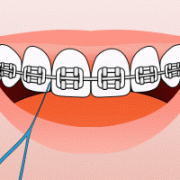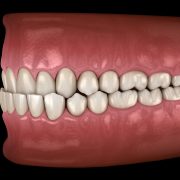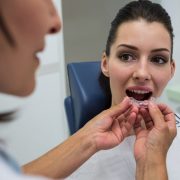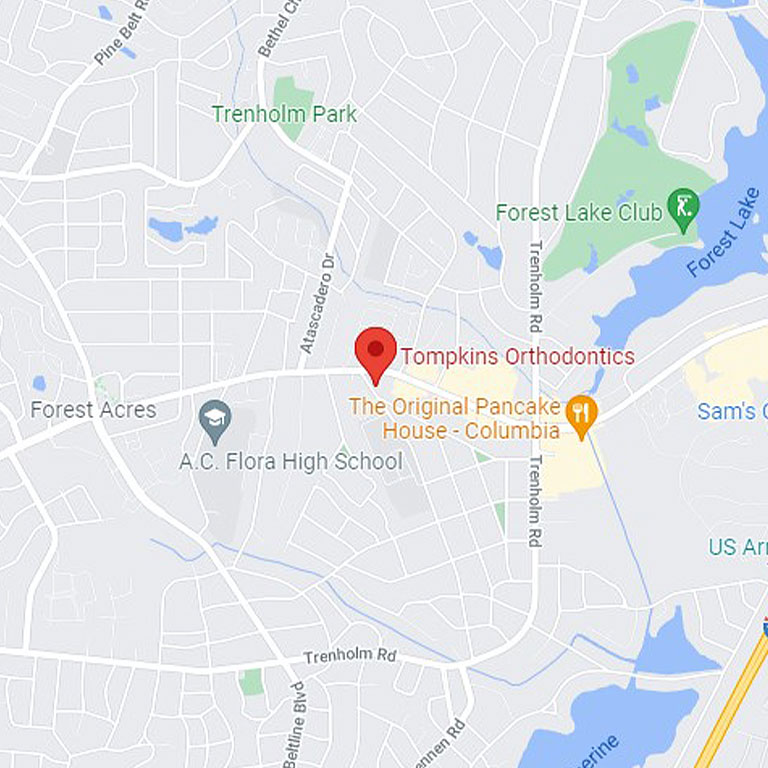When Headgear Braces Are Needed to Straighten Your Teeth
If you have severe bite issues, you are probably going to need more than just traditional braces to correct them. Your orthodontist in Irmo, SC, will perform an exam and make a recommendation based on your situation. That recommendation might very well be headgear braces.
What Are Headgear Braces?
Headgear braces are most commonly used to straighten your teeth and correct a variety of bite issues when you have severe malocclusion issues (misalignment between your upper and lower jaws). Headgear braces are more effective on children because their jaws are still developing. However, headgear braces are sometimes used on adults whose teeth have shifted after having some of their teeth removed.
When Headgear Braces Are Used
If you have any of the following bite issues, your orthodontist might recommend headgear braces in Irmo, SC.
- Overbite – This is when your upper front teeth protrude over your lower front teeth.
- Underbite – This is when your lower front teeth and jaw extend out beyond your upper front teeth.
- Narrow Upper Jaw – This is when your upper jaw is too narrow for all your teeth.
- Overjet (buck teeth) – This is when your front teeth extend too far out over your lower front teeth.
How Do Headgear Braces Work?
Unlike traditional braces, headgear braces are worn partially outside your mouth. The headgear appliance applies pressure to gently move your teeth and jawbones back into their proper position.
The Three Most Common Types of Headgear Braces
Your orthodontist will let you know which type of headgear is right for you. Here are the ones most commonly used.
- High Pull
- Cervical Pull
- Reverse Pull
How Long Do Headgear Braces Have to Be Worn?
You will wear your headgear braces for 12–22 hours every day, depending on the severity of your oral issues and according to the treatment plan your orthodontist has given you. Then, you will wear your headgear for anywhere between 12–18 months, again, depending on the severity of your oral issues.
Are You Looking for a Reputable Orthodontist in Irmo, SC?
If you have bite issues or any other dental issues, please Contact Tompkins Orthodontics today. We will perform an exam and recommend the most effective treatment for your specific oral issues. Tompkins Orthodontics has been perfecting smiles in this area since 1966, and we’d like to help perfect yours, too!



